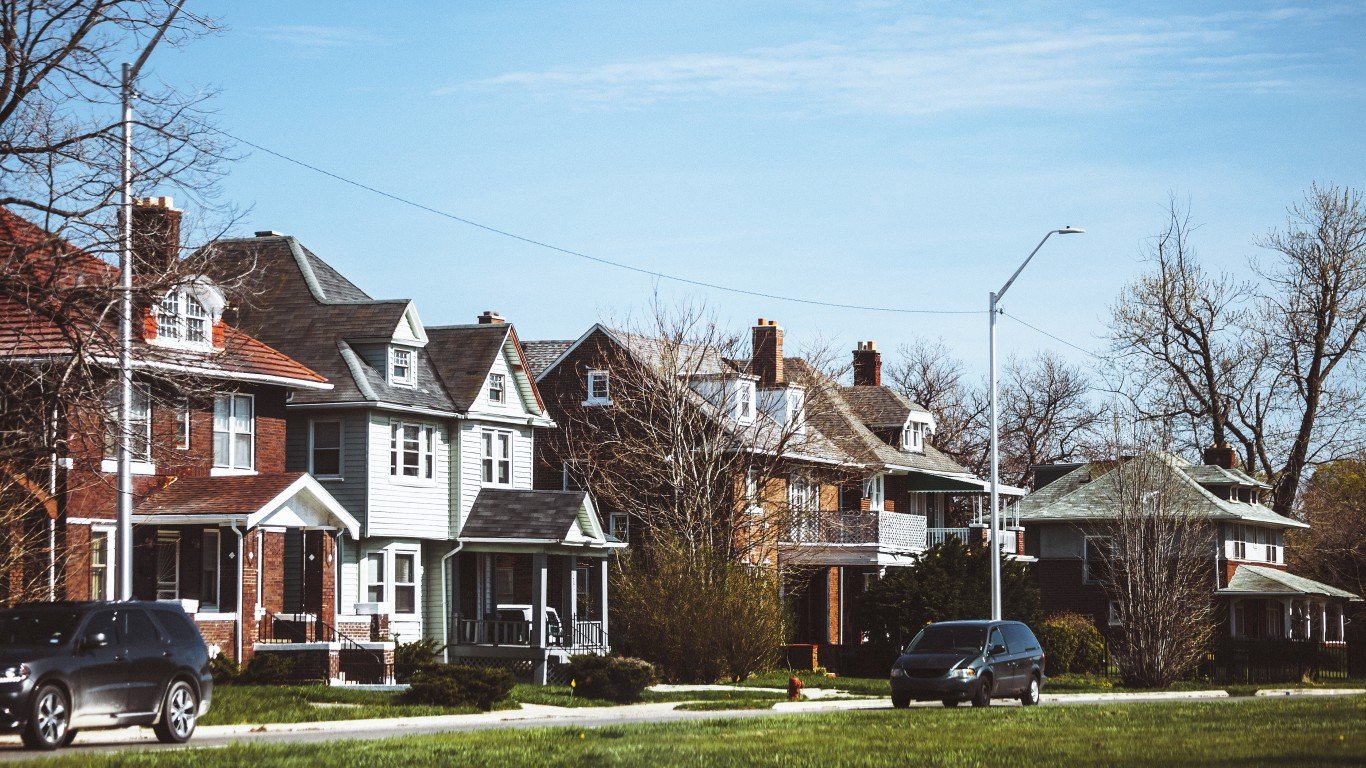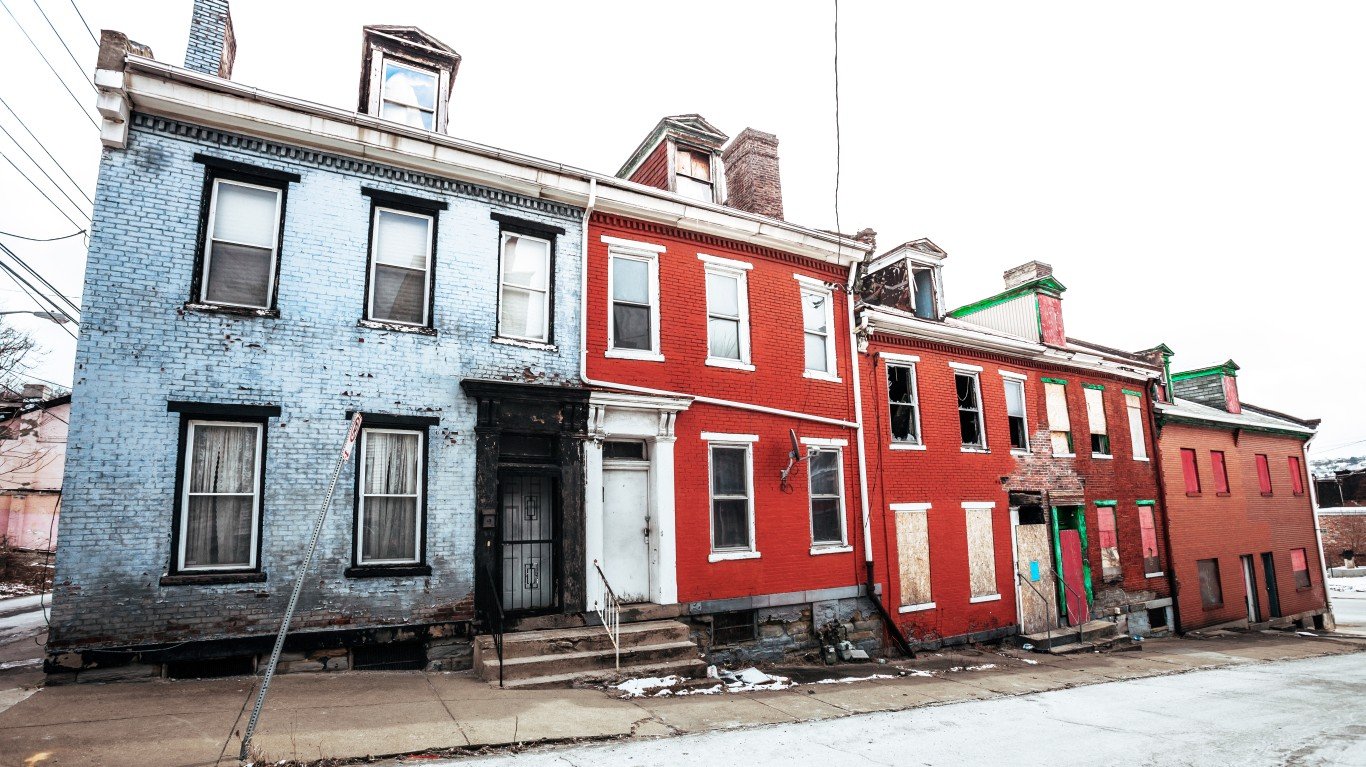Although we’ve all heard that first-time home buyers have been hit hard by the lack of starter homes, the facts may be a bit more complicated than that. Compared with first-timers’ share of the mortgage market in the period between 2001 and 2007, their share of that market has risen by five percentage points on average since 2008. The home buyers who have struggled most are repeat (usually called move-up) buyers looking to buy a home for the second or third time.
Since 2008, first-time home buyers’ share of the government-sponsored enterprises (GSEs, like Fannie Mae and Freddie Mac) and Federal Housing Administration (FHA) loans has consistently reached at least 53%, up from 47% in the period between 2001 and 2007.
The number of first-time buyers has remained flat, with some variations of course — there were 1.3 million first-time buyers in 2001 and 1.3 million in 2015. That is not the case for repeat home buyers. The data were reported last week by the Urban Institute.
The Urban Institute authors write:
In 2001, there were 1.8 million repeat homebuyers in the market, and while their numbers declined until 2008, there were always at least one million each year. In 2009, there were just under 700,000 repeat homebuyers. By 2015, this number had recovered to just over 900,000 but this is still half the number from 2001.
The disparity between the two groups results from the different issues each faces when buying a house, and first-time buyers have more control over their destiny.
A first-time buyer needs a strong credit history, a stable income and enough cash to make a down payment. Mortgage lenders are pickier today than they were 10 years ago, but for first-timers who have saved enough to make an FHA down payment of 3.5% of the purchase price, buying that first home is possible.
Repeat buyers, however, confront different issues. Prior to the real-estate crash, repeat home buyers typically accumulated equity in their homes as prices appreciated. They also saw their incomes improve over the years, so the combination of home equity and a growing income allowed repeat buyers to qualify for a bigger mortgage and buy a more expensive home.
These factors have changed. Home values remain 6.5% below their peak in 2007, according to the Urban Institute, and real incomes have been flat since the mid-1990s. The tighter credit standards that often bedevil first-time buyers make it tough on repeat buyers as well. As the Urban Institute authors conclude:
First-time homebuyers represent a higher percentage of the market than they did before the financial crises. It’s the homebuyers who bought before the boom and hoped to cash in on price appreciation to trade up to their dream home who are struggling these days. While their numbers are rising, we do appear to have a generation stuck in their starter homes.
Essential Tips for Investing: Sponsored
A financial advisor can help you understand the advantages and disadvantages of investment properties. Finding a qualified financial advisor doesn’t have to be hard. SmartAsset’s free tool matches you with up to three financial advisors who serve your area, and you can interview your advisor matches at no cost to decide which one is right for you. If you’re ready to find an advisor who can help you achieve your financial goals, get started now.
Investing in real estate can diversify your portfolio. But expanding your horizons may add additional costs. If you’re an investor looking to minimize expenses, consider checking out online brokerages. They often offer low investment fees, helping you maximize your profit.
Thank you for reading! Have some feedback for us?
Contact the 24/7 Wall St. editorial team.



